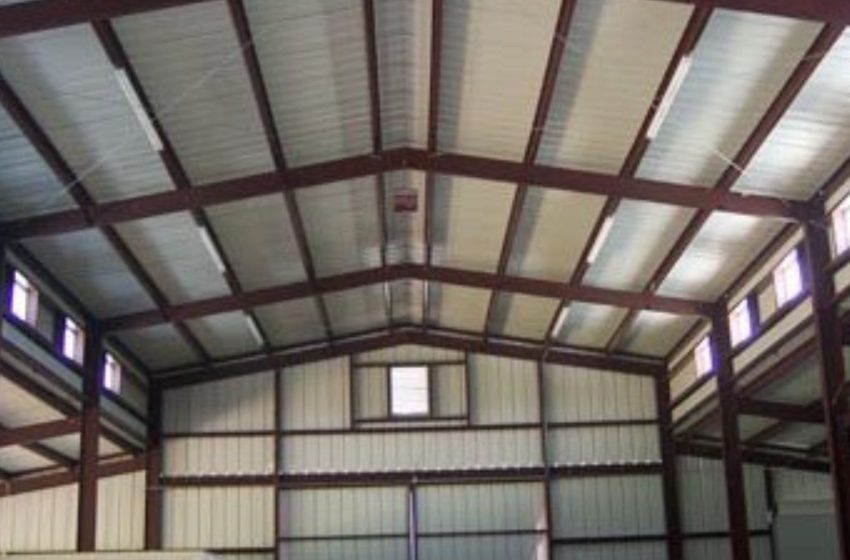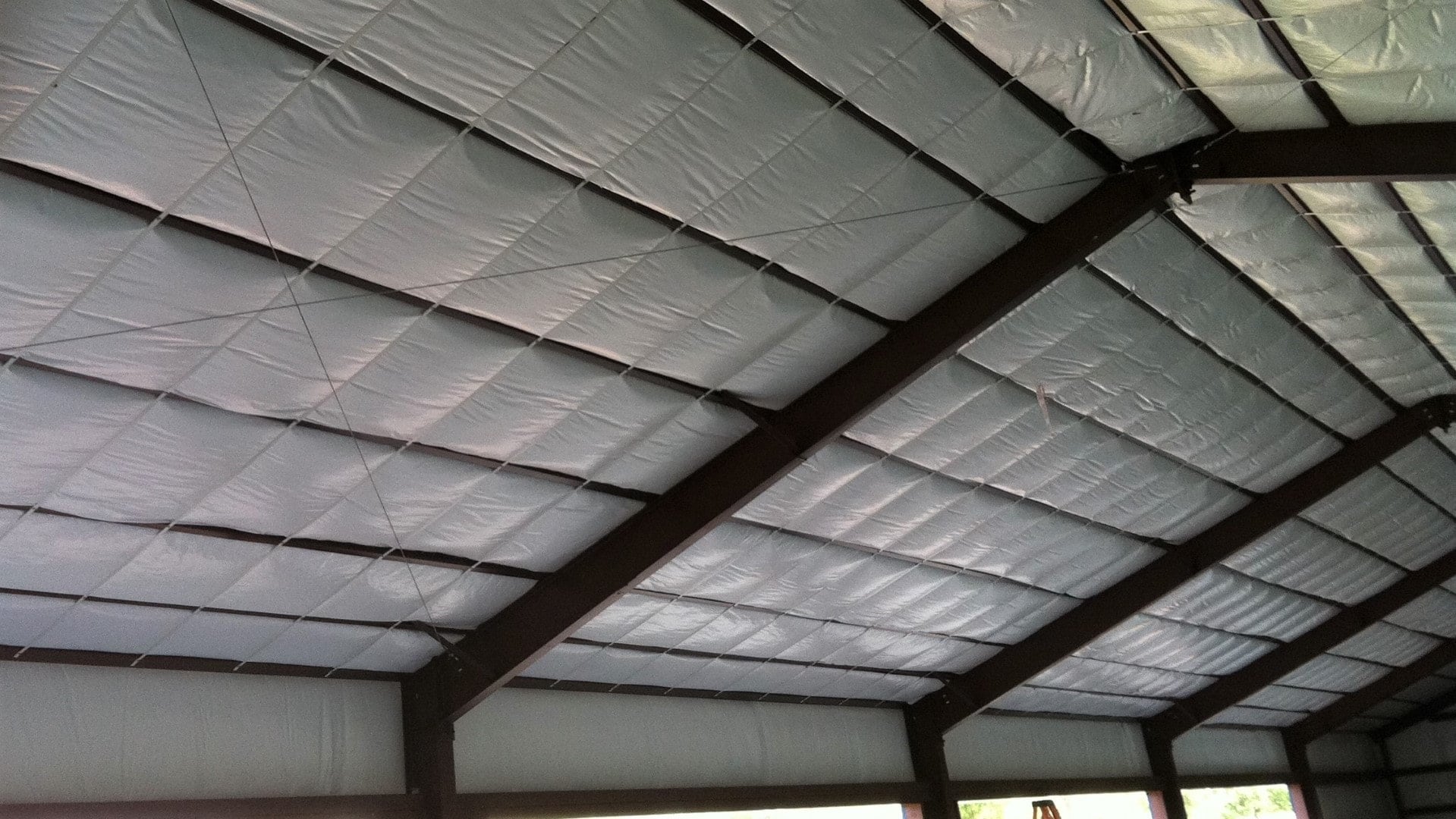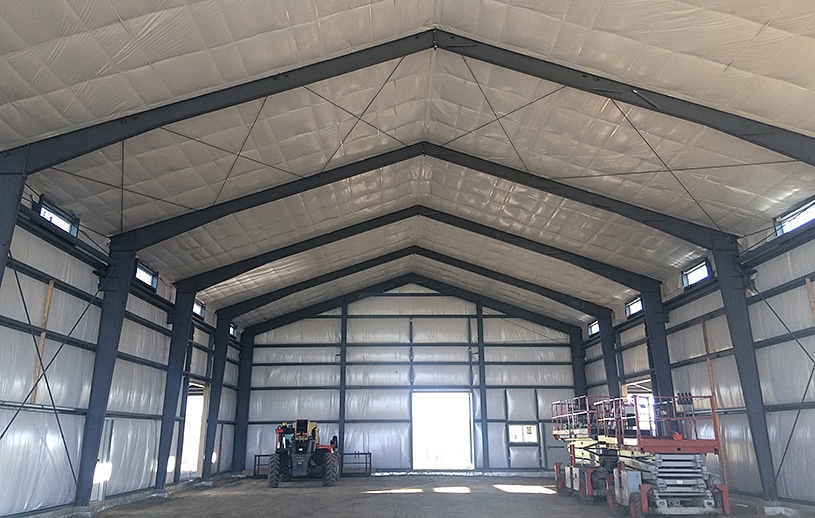What Insulation Is Best for Metal Buildings in the USA?

Metal buildings are popular choices for various applications, from residential to commercial and industrial uses. Their durability, cost-effectiveness, and quick construction times make them a favored option. However, one critical aspect of ensuring these buildings are comfortable and energy-efficient is proper insulation. Insulating a metal building helps maintain internal temperatures, reduces energy costs, and prevents moisture-related issues. This blog will explore the best types of metal building insulation available in the USA, their benefits, and their suitability for different applications.
Why Insulate Metal Buildings?
Before diving into the types of insulation, it’s important to understand why insulation is crucial for metal building renovations. Here are some key reasons:
- Energy Efficiency: Proper insulation reduces the amount of energy needed to heat or cool the building, leading to lower utility bills.
- Temperature Regulation: Insulation helps maintain a consistent internal temperature, making the building comfortable year-round.
- Moisture Control: Insulation prevents condensation, which can lead to rust, mold, and structural damage.
- Noise Reduction: Insulated metal buildings are quieter, providing a more pleasant environment inside.
- Protection of Contents: Insulation protects the contents of the building from extreme temperatures and moisture.

Types of Insulation for Metal Buildings
There are several types of metal building insulation available, each with its own advantages and disadvantages. The best choice depends on the specific requirements of the building, including its location, use, and budget.
1. Fiberglass Insulation
Fiberglass insulation is one of the most common types of insulation used in metal buildings. It is made of fine glass fibers and comes in rolls or batts. Here are some benefits of fiberglass insulation:
- Affordability: Fiberglass is relatively inexpensive compared to other insulation types.
- Ease of Installation: It is easy to install, especially in new constructions.
- R-value: Fiberglass has a good R-value, which measures the insulation’s resistance to heat flow.
However, fiberglass can lose its insulating properties if it gets wet, and it may require a vapor barrier to prevent moisture buildup.
2. Spray Foam Insulation
Spray foam insulation is a versatile option that can be sprayed directly onto surfaces. It expands to fill gaps and provides an airtight seal. There are two main types of spray foam: open-cell and closed-cell.
- Open-cell Foam: This type is less dense, providing good sound absorption and some insulation. It is also more affordable.
- Closed-cell Foam: This type is denser and offers higher R-values, making it more effective for insulation. It also acts as a vapor barrier.
Spray foam insulation is ideal for metal building renovations as it can be applied to existing structures. However, it is more expensive than fiberglass insulation.
3. Rigid Board Insulation
Rigid board insulation consists of panels made from materials like polystyrene, polyisocyanurate, or polyurethane. These panels are installed between the metal framing of the building.
- High R-value: Rigid boards offer high insulation values.
- Moisture Resistance: They are resistant to moisture, making them suitable for areas prone to humidity.
- Durability: Rigid boards are durable and long-lasting.
The main drawback of rigid board insulation is that it can be more challenging to install, especially in irregularly shaped areas.
4. Reflective Insulation
Reflective insulation is made from materials like aluminum foil and is designed to reflect radiant heat away from the building. It is often used in conjunction with other types of insulation.
- Temperature Control: Reflective insulation is effective in hot climates as it reflects heat away, keeping the building cooler.
- Lightweight: It is lightweight and easy to install.
- Moisture Barrier: Reflective insulation can also act as a vapor barrier.
Reflective insulation is less effective in colder climates and does not provide significant R-values on its own.
5. Blanket Insulation
Blanket insulation includes materials like mineral wool or rock wool. It is similar to fiberglass insulation but is made from natural or recycled materials.
- Fire Resistance: Mineral wool is non-combustible and offers excellent fire resistance.
- Soundproofing: It provides good sound insulation.
- Moisture Resistance: Mineral wool is resistant to moisture and mold.
Blanket insulation can be more expensive than fiberglass but offers superior fire and moisture resistance.
Factors to Consider When Choosing Insulation
Choosing the best insulation for a metal building involves considering several factors:
1. Climate
The climate of the building’s location plays a crucial role in determining the best insulation type. For instance, in hot climates, reflective insulation may be beneficial, while in colder regions, high R-value insulation like closed-cell spray foam may be more suitable.
2. Building Use
The purpose of the building influences the insulation choice. For example, if the building is used for storage, moisture resistance might be a priority. For residential or office use, temperature control and soundproofing could be more important.
3. Budget
Different insulation types vary in cost. It’s important to balance the initial investment with the long-term energy savings and benefits. Fiberglass is a cost-effective option, while spray foam offers higher efficiency but at a higher cost.
4. Installation
Some insulation types are easier to install than others. Fiberglass and reflective insulation are generally easier to install, while spray foam and rigid boards may require professional installation.
5. Environmental Impact
Consider the environmental impact of the insulation material. Options like mineral wool and recycled fiberglass are more eco-friendly than some synthetic materials.

Conclusion
Proper metal building insulation is essential for maintaining energy efficiency, temperature control, and moisture management. The best insulation type depends on various factors, including climate, building use, budget, and installation preferences. Fiberglass, spray foam, rigid board, reflective, and blanket insulation each offer unique benefits and can be chosen based on specific needs. By selecting the right insulation, metal buildings can provide comfortable and efficient spaces for a variety of applications.
Insulating your metal building correctly ensures its longevity, improves comfort, and reduces energy costs, making it a smart investment for any property owner. Whether you are embarking on metal building renovations or constructing a new metal building, understanding the different insulation options will help you make an informed decision that meets your requirements.

